Well, you can make the most of your green space and enjoy multiple harvests from a single patch of garden in every growing season. How? You might ask. The secret lies in a carefully crafted plan, sowing the right crop and the right place and time to yield a succession of a yummy-licious healthy harvest.
Succession Planting is a method or a practice of seeding crops at intervals of 7-21 days for maintaining a regular supply of harvestable crops throughout the growing season. Succession planting can take a little bit of planning and involve several different methods. Let's take a look at these methods.
Staggered Planting

Plant the same vegetable every few weeks so that it produces a continuous harvest over a while. Vegetables tend to fade after producing their first crop, a heavy yield and then in smaller amounts throughout the growing season. Instead of planting the entire row of vegetables at once, you can plant part of the crop at the beginning of the growing season and then plant more vegetables after a week or two. A new crop will keep coming in as the first one matures. Ideal vegetables/crops for staggered planting include beets, broccoli, cucumber, carrots, lettuce, radishes, beans, etc.
Same Spot, Different Plants

This method involves growing different vegetables at the same spot over the growing season by composting plants as soon as they have matured or passed their prime period and replanting them with some other variety of vegetables. For instance, after the spring greens have matured, pull the greens, add compost, and replant with beans.
Replace the beans with some other salad greens after they mature. All kinds of planting combinations can be tried as long as the plants have ample time to mature before the growing season ends.
Companion Planting

Companion planting or intercropping is planting two or more crops together at the same time with different maturity dates. Generally, it involves planting a fast-maturing crop with the one that has spatial needs. Radishes, carrots, green onions and other leafy greens can be planted with slower growing plants, as these plants don't take up much space and are quick to grow.
Tips & tricks for succession planning

-
One potential drawback of succession planting is overused soil. The soil doesn't get enough time to replenish all the used nutrients. Therefore, to avoid the depletion of soil, add organic compost between plantings to give a boost.
-
Pull out the plants that have matured to reuse the spot for growing something else. Add the removed plants to the compost material to return the valuable nutrients to the soil.
-
Start the seeds in pots while you wait for space from a crop that's about to mature. By the time you're ready to plant your new crop, it'll already be a little grown, giving you a significant head start.
-
Pick plants that mature quickly for succession planting. It will allow you to produce more harvest in less time.
Benefits of Succession Planting in Kitchen Gardens

-
Succession planting allows you to improve the yields, increase the variety and keep your garden producing for much longer.
-
Subsequent successions prevent the growth of weeds and unwanted plants in your gardens, so you spend less time picking weeds and more time picking out of your vegetables.
-
While planting your first crop, you don't get to understand which pests or diseases will attack. However, with succession planting, you see where the pest issues lie that helps make important decisions of relocating your plants.
-
Succession planting also helps you keep a check on soil fertility levels. In case your first crop doesn't perform well, you get to monitor the area for deficiencies. You can then add the missing nutrients and plant the second round of crops.
Succession planting may involve a bit of planning and preparation, but the produce is tenfold the effort. Besides, what better way to spend your time than prepping and scheming up garden plans for the upcoming growing season? Grab Non-GMO and heirloom seeds from AllThatGrows and start your succession planting today!


 Sign In
Sign In



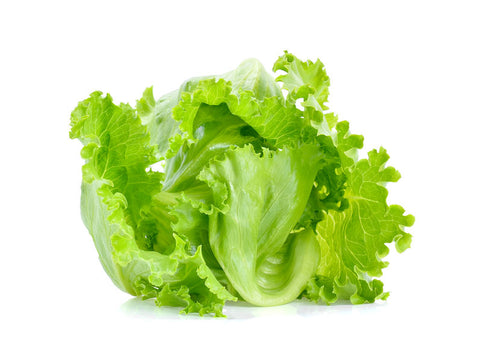
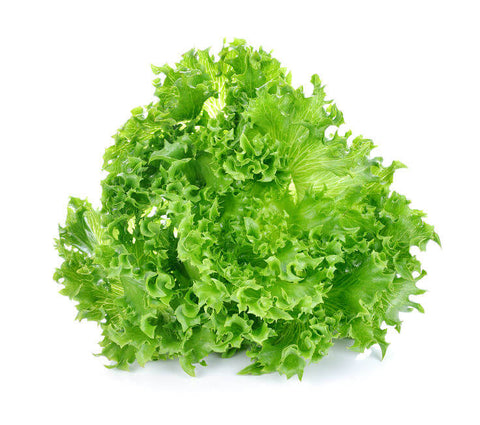
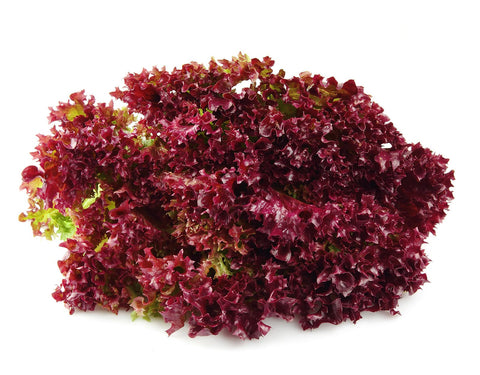
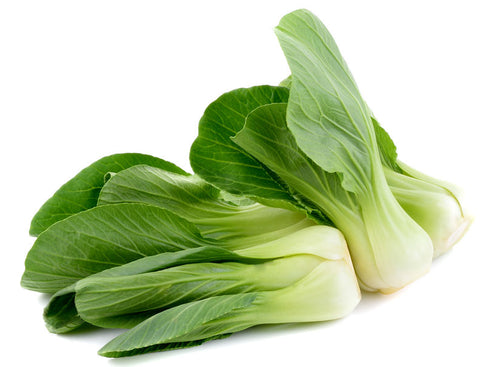
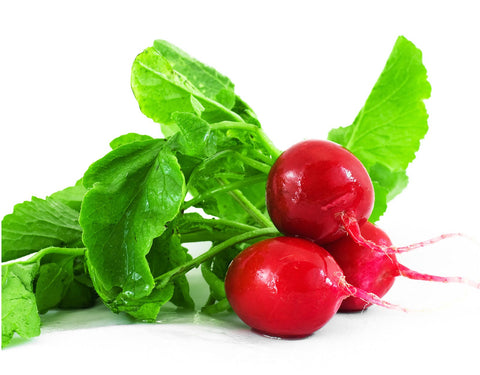
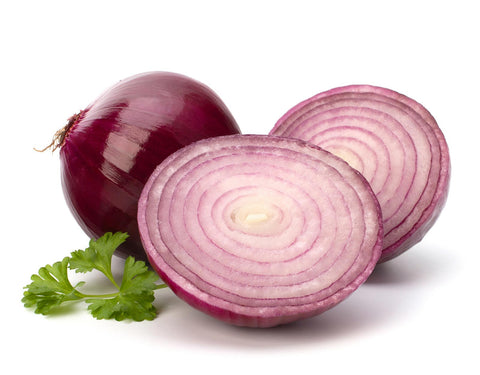
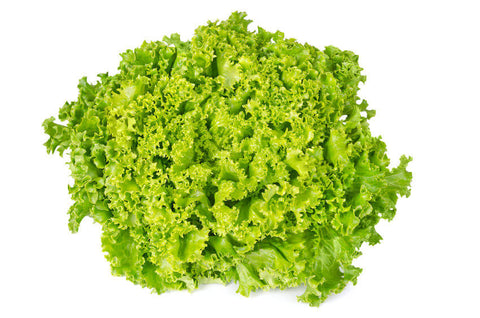
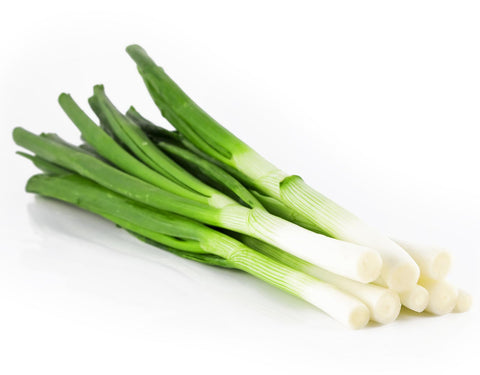

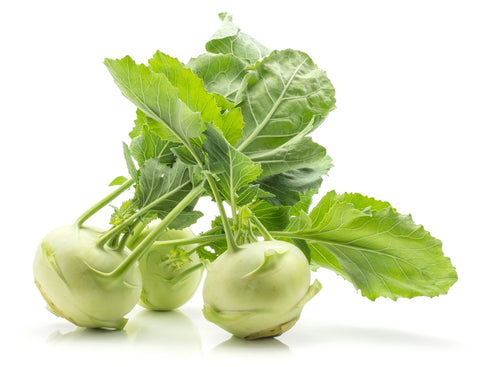
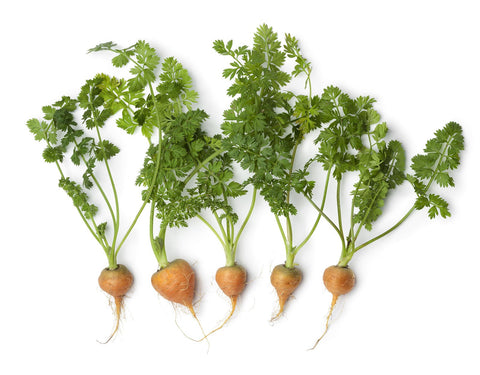
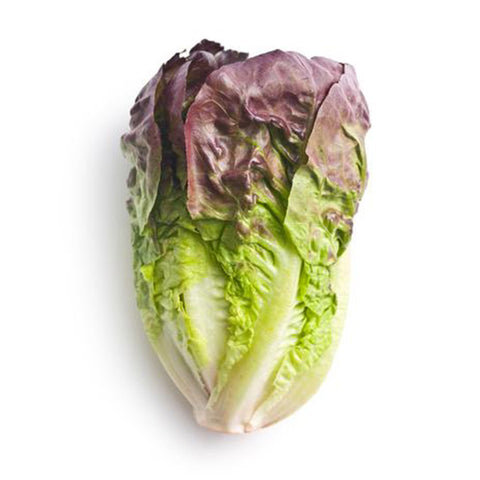






Let us know your feedback
* Comments must be approved before being displayed.